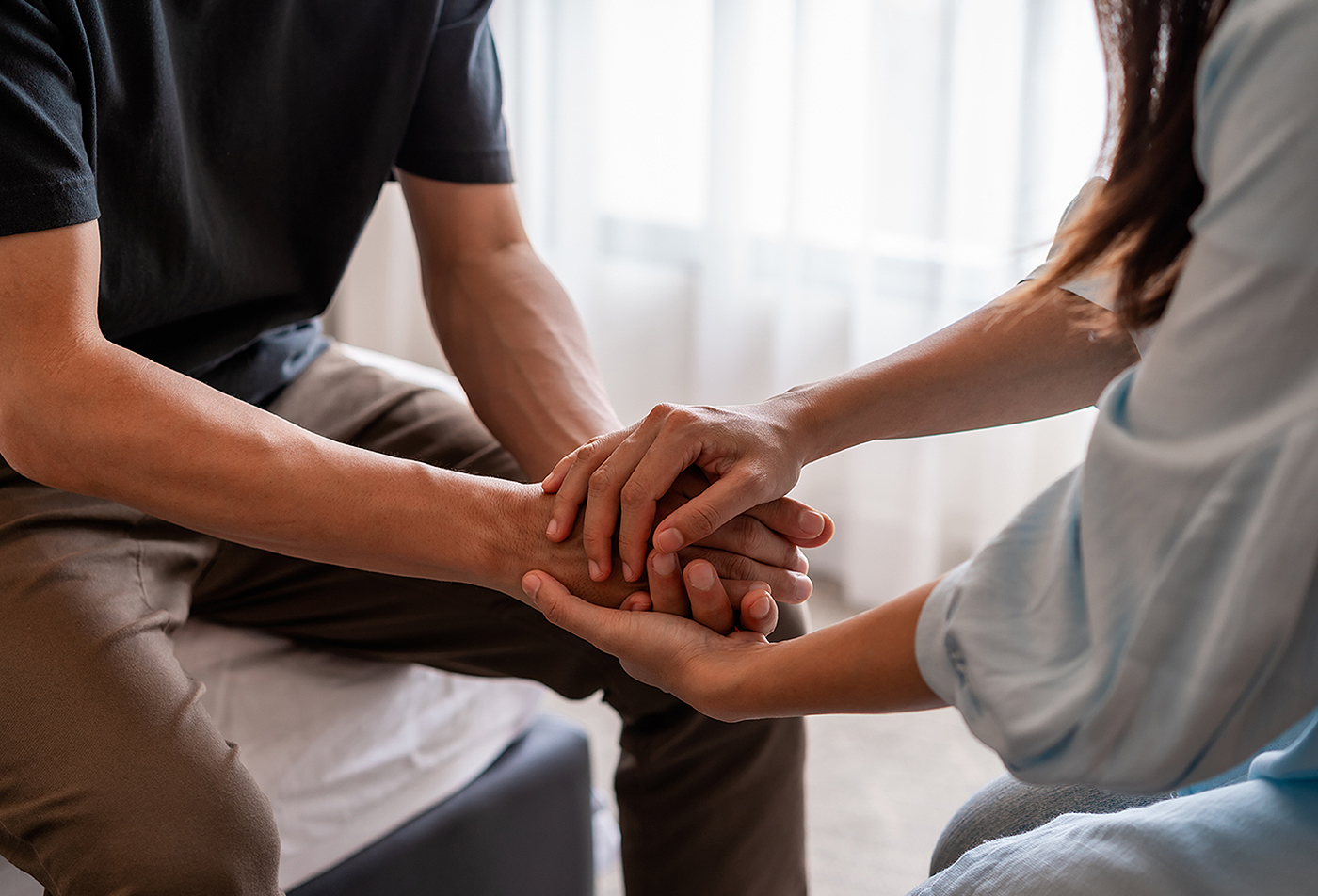Suicide Prevention
Published September 8, 2022

A major public health concern, suicide is the twelfth leading cause of death in the United States, according to the Centers for Disease Control and Prevention, and the second leading cause of death among people between the ages of 10-14 and 25-34.
Friends and family members with concerns for a loved one’s mental health should know that suicide is often preventable. Knowing the warning signs and how to get help can save lives.
People of all genders, ages and ethnicities can be at risk for suicide. The National Institute of Mental Health reports that in 2020, suicide claimed the lives of more than 45,900 people.
Learn the warning signs
Suicidal thoughts or actions are a sign that a person is experiencing extreme mental distress, and these signs should not be ignored. If the following warning signs apply to you or someone you know, don’t wait to get help as soon as possible.
Warning signs for immediate risk for suicide include:
- Talking about wanting to die, or thinking about death
- Looking for a way to end their life, whether researching online or obtaining a gun
- Talking about feeling hopeless or having no reason to live
There are also several warning signs that someone is at a serious risk for suicide, especially if any of these are new behaviors or are increasingly frequent behaviors, or if the person has recently experienced a painful loss, event or change.
- Talking about feeling trapped or being a burden to others
- Withdrawing from loved ones and friends
- Saying goodbye to friends and family
- Giving away important possessions and/or making a will
- Exhibiting risky behavior that could lead to death
- Increasing substance abuse, such as drinking alcohol or taking drugs
- Sleeping too little or too much
- Displaying mood swings or showing rage
If you or someone you love is exhibiting any of the above warning signs, seek help immediately by calling or texting 988, the national Suicide & Crisis Lifeline. The lifeline provides free and confidential support for people in distress 24 hours a day, seven days a week.
Encourage loved ones to get help
The National Institute of Mental Health outlines five action steps a friend or a loved one can take to help to prevent suicide and help someone who is experiencing emotional pain.
- Ask if the person is thinking about killing themselves. Asking someone who is at risk for suicide does not increase suicides or suicidal thoughts.
- Keep the person safe. Reducing a suicidal person’s access to items that can harm them is an important step in suicide prevention.
- Be there for them. Listen to what the person is sharing. Acknowledging and talking about suicide may actually reduce rather than increase suicidal thoughts.
- Help them connect. Program the Suicide & Crisis Lifeline number, 988, in your phone so it’s there if you need it. Don’t hesitate to call the crisis line if you think you need to. You can also assist the person by connecting them with a mental health professional.
- Stay connected. If someone you love has survived a mental health crisis, following up with the at-risk person can make a huge difference in preventing another suicide attempt.
Resources for Suicide Prevention
American Foundation for Suicide Prevention
988 Suicide & Crisis Lifeline
National Institute of Mental Health
Suicide Prevention Resource Center
Subscribe to our monthly emails for Your Well-Being! Get health and wellness tips, hospital news, staff spotlights, career opportunities, our cafe menu and more, sent right to your inbox!
DISCLAIMER: No content on this website, regardless of date, should be used as a substitute for direct medical advice from your primary care provider.



